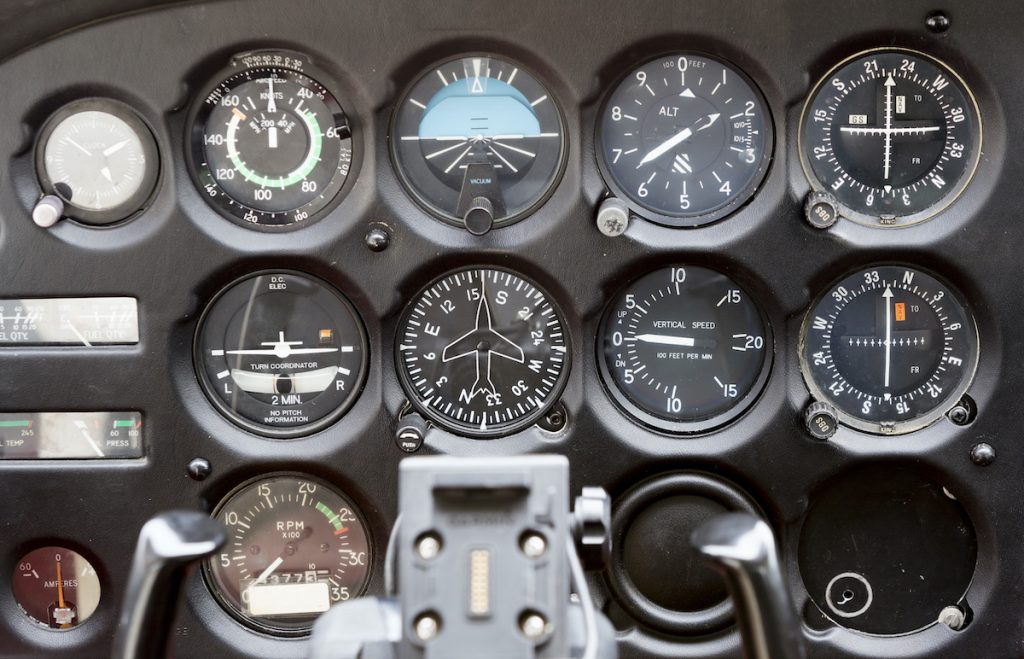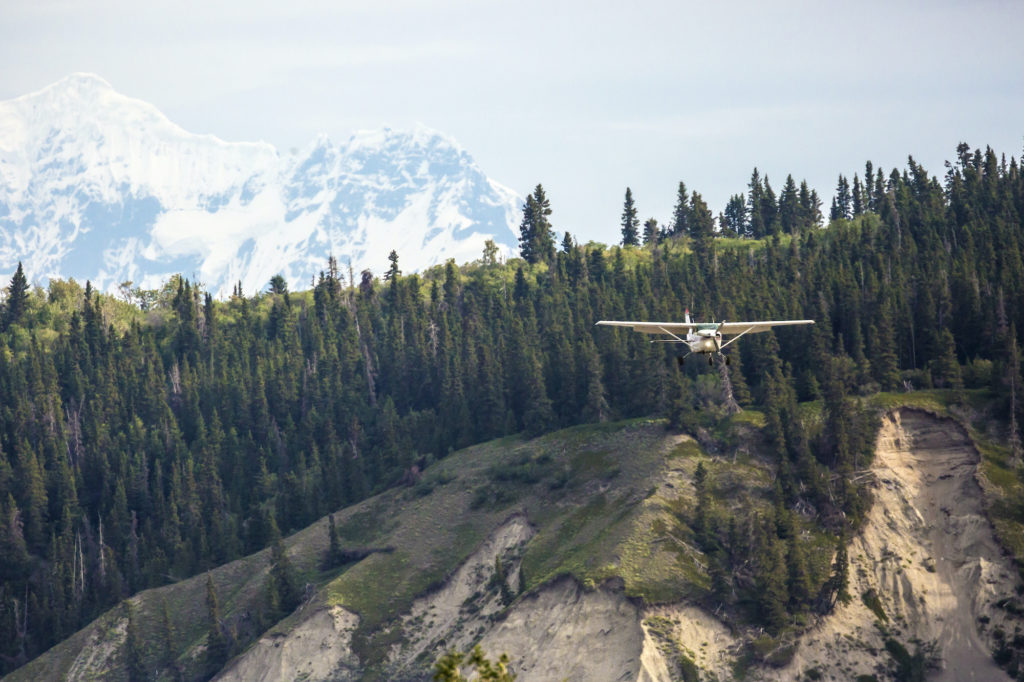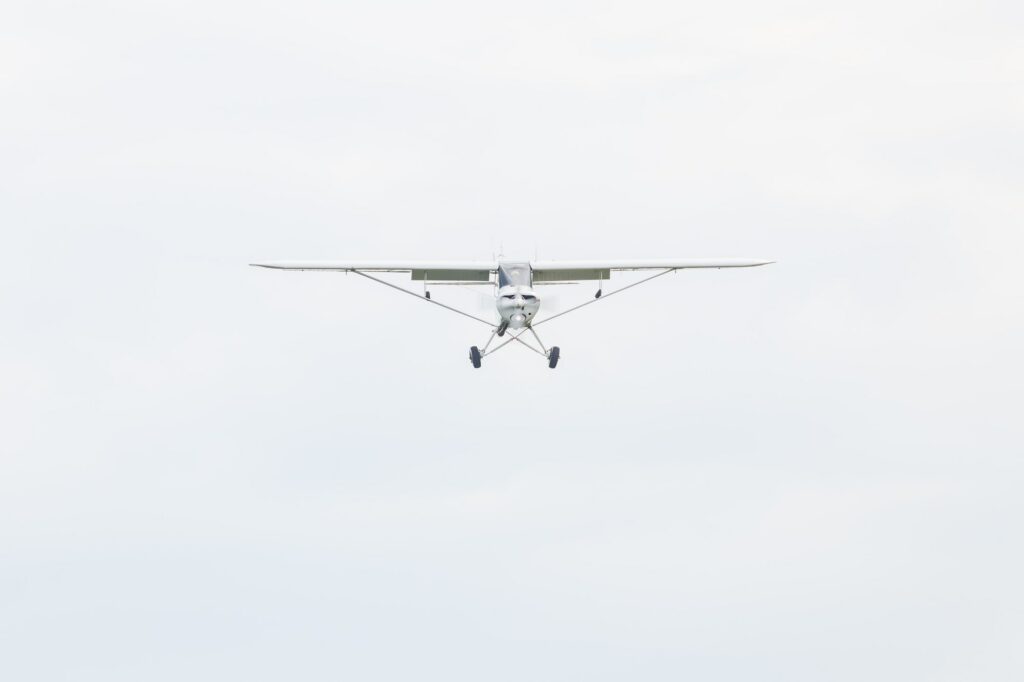
Better Training Through Chair-Flying
Better Training Through Chair-Flying
Chair-Flying reduces training time, cost, and increases your competence. And it’s free.
The essential part of skill development is practice. Malcolm Gladwell’s “ten thousand hour rule” has popularized this, but others have since suggested that it’s the repetitions, not the time itself that’s most valuable.
Indeed, some student pilots “study” for hours without learning much of anything. Studying is crucial, but it has to be done right. Many students “study” by opening a book and reading until their eyes cross. Perhaps because that’s the way it works in movies, they subconsciously assume that if they read enough, they’ll know what they need to know. Unfortunately, most students don’t learn this way. They need to be actively involved, taking notes, rewriting content in their own words, and making and studying flashcards. Learning the procedural aspects of flying is no different.
Repetition Develops Skill
When we learn to fly, we must repeatedly perform actions that create improvement over time. We learn about something, try something, fail, and learn. This is the process through which someone learns to fly an airplane.
In other words, to learn to fly, you need to practice flying as much as possible.
This is partly because, through practice, we fail repeatedly—sometimes even in very small ways. But failure is part of the learning process. Danish physicist Niels Bohr quipped that an expert is “someone who has made all the mistakes which can be made in a narrow field”.
As we err, we learn to correct. Even when the error is something as small as skipping a step in a checklist or using a slightly inefficient sequence in a procedure. What a new pilot may consider precision, an experienced pilot may consider average. That’s because good aviators strive to aim smaller and miss smaller as they build experience.
So the question becomes this: how does a new pilot err as many times as possible? And secondly, can they do it in a way that doesn’t burn through their entire flight training budget?
How Can I Make Many Mistakes Cheaply?
The best way is through a process called chair-flying. It’s simple and boring, which is why it’s so often overlooked. Put simply, you buy or create a poster of the cockpit, sit down in front of it, and rehearse procedures repeatedly. The specifics vary depending on what you’re learning. A brand new student might rehearse the before-start, start, and taxi checklists to save time on the ground during flight lessons. An airline new hire may practice engine failures on takeoff, followed by a return to the airport, and a single-engine landing.
The key here is that they are practicing the fundamentals of a certain procedure. The hand-eye coordination aspects are hard to learn outside of the airplane (although proper aerodynamic knowledge helps a lot!), but the procedures can be learned anywhere. When do you turn on the master switch? How many times do you prime the engine if the temperature is 50ºF? Do you check for traffic or check the brakes first as you start your taxi? That’s what you figure out when you chair fly.
A brief word of caution: chair-flying is very effective. For this reason, it’s essential that you chair-fly the correct procedures because if you chair-fly something wrong, you will make your learning process much, much harder. Habits are extremely powerful, and they are a tool. Use them properly and with care!
Now, let’s be clear: we are not robots. We do not always need to do one action and then another, as if we are operating independently of our environment. We need to adapt. But to do that, we need to understand first. And if a pilot cannot perform the basics promptly, they are going to struggle to even notice changing environmental factors, let alone adapt to them.
Chair-flying is how we build those basics.
Creating a Feedback Loop
What’s extremely cool about chair-flying is that it creates a feedback loop where we notice more errors the more we practice, even as we improve rapidly. For example, you may start a flight just happy that you can, by some random process and with instructor help, start the engine. But over time you may notice the way that you don’t double-check that the primer is locked, or that you tend to call clear without truly looking around first. These are the kinds of things you notice with repetition.
For that reason, the chair-flying process never really stops. There are always variables to change and ways to marginally improve procedures. Chair-flying the fundamentals builds competence in the fundamentals, which then allows us to push far beyond the basics.
Adding Pressure
As you progress, you can transition from simply rehearsing procedures for accuracy, to practicing for accuracy and time. If you truly know a procedure, you can rehearse the steps far faster than it takes to fly it in real life. If, for example, you want to get very good at pattern work, you ought to be able to rehearse the steps involved quickly.
For example:
“We line up on the runway, add full power while adding right rudder, check the gauges while gradually reducing right rudder until we rotate, add a little more right rudder at rotation, climb out initially at an approximate pitch attitude, then transition to constant airspeed climb at 70 knots until we reach 400’. At that point we S-turn slightly to the left for a noise abatement procedure, then correct right again about 5 seconds later. We continue our climb to 700’, at which point we look left and turn left crosswind. We then continue for another 10 seconds or so and look left and turn left into the downwind leg. As we reach 1,000 feet, we reduce power and enter a slow cruise in the downwind leg. Upon reaching the numbers, we reduce power to 2,000 RPM and add the first notch of flaps while we let the nose settle into a gradual descent at around 85 knots. When we are ahead of the runway by 45º, we look left and turn left base. On the base leg, we add another notch of flaps and maintain a pitch to achieve 75 knots. We then look left and turn final and add another notch of flaps on final and maintain pitch so that the airplane slows to about 65 knots. We then continue to make small corrections and power adjustments to maintain a stable approach, until we are roughly 50’ up, at which point we start to reduce power and slowly raise the nose until we touch down on the mains near our stalling AOA.”
Can you finish the landing rollout part of that statement?
That’s a lot of words. But it’s a lot of action. When we are not comfortable rehearsing these steps, we don’t fully understand the procedure. We ought to understand the procedure. And, as students, the fastest way to progress is to rehearse and mess it up until you have it down in your head. Then you can take that knowledge and apply it in the airplane.
By the way, nearly any instructor can tell when students haven’t been chair-flying. It’s obvious!
This Is Required in a Professional Environment
Chair-flying is a great way to save money in training. But it’s also expected of professionals. When you are learning to fly, you are paying an instructor to teach you. When you are training at an airline or in the military, someone else is paying your training costs. And they don’t want to go over budget.
When you get into career flying, chair-flying is expected. It’s a necessary part of figuring out how to fly a new airplane. When airline pilots transition to a new platform, one of the major steps is rehearsing the callouts, procedures, and checklists for the airplane until it’s second nature. And it works.
If you are career-bound you will likely need to do this at some point. Why not learn now and save money in the process?






